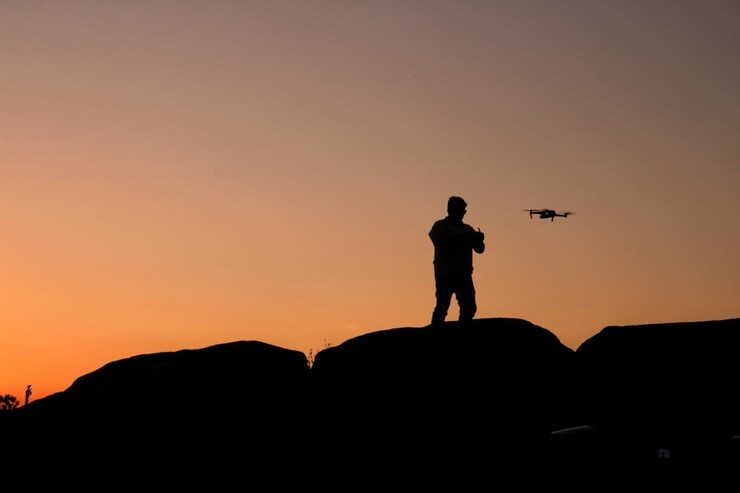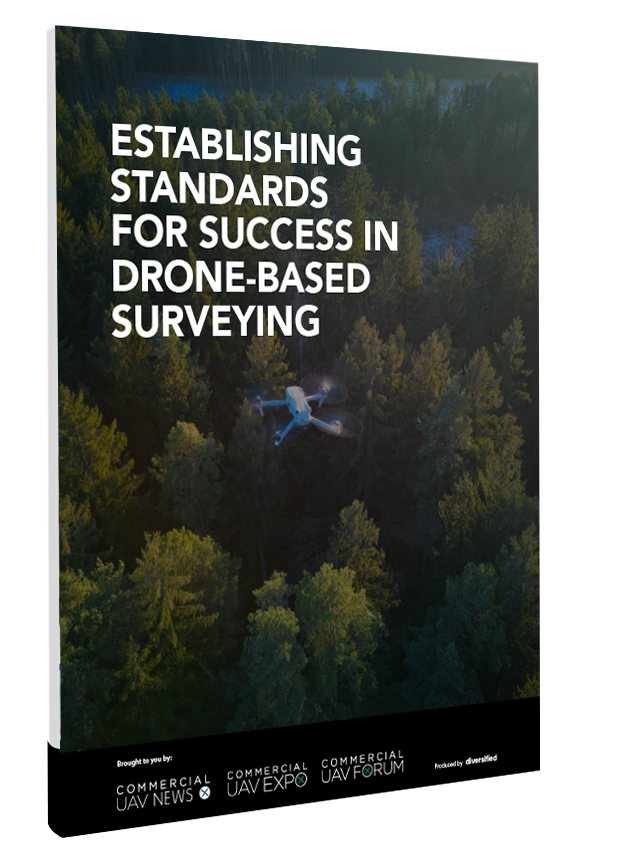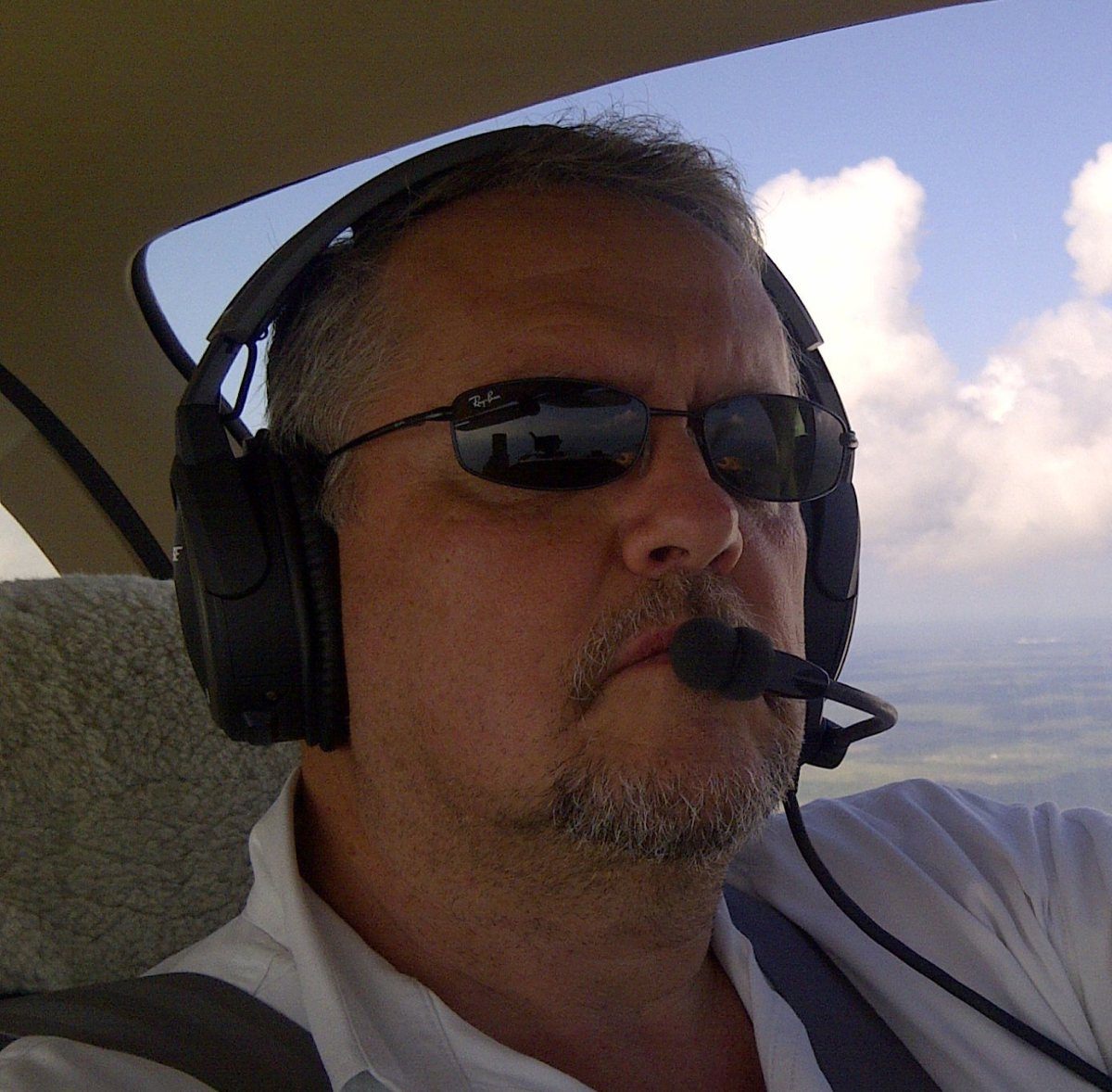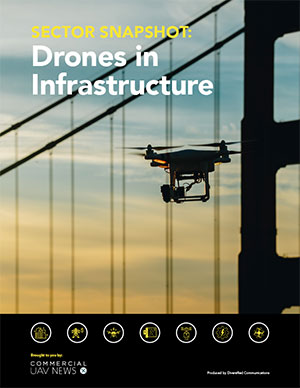This week’s “Around the Commercial Drone Industry” news round-up looks at a new bill that could increase federal funding for drones in law enforcement, how UAVs aid in STEM education, and a medical drone delivery operation on Madagascar.
New Bill Could Increase Federal Funding for Drones in Law Enforcement
Dronelife reports that a new bill “would allow law enforcement agencies to use federal grants to purchase and operate drones, expanding access to technology that enhances public safety and emergency response capabilities.” Introduced by Representatives Lou Correa (D-CA) and Troy Nehls (R-TX), the Directing Resources for Officers Navigating Emergencies (DRONE) Act of 2025 “proposes changes to existing federal grant programs” to ensure “that first responders can use federal funds to invest in drone technology.” So far, the bill has been endorsed by the Major County Sheriffs of America, the Fraternal Order of Police, and AUVSI.
Oklahoma Event Highlights the Role of UAVs in STEM Education
The third annual Oklahoma State Aerial Drone Competition served as a reminder of the importance of uncrewed technology in STEM education and the need to train the drone operators and aviation experts of tomorrow. A report by KTUL in Tulsa explained that the event involved drone pilot competitions between students from upper elementary schools through high schools. According to event organizers, the competition was designed to interest students in drone technology and help them “develop skill sets that will help them fill STEM jobs in Oklahoma in the future.”
Drones Delivery Vaccines in Madagascar
According to a report on the website VaccinesWork, an effort led by the Ministry of Public Health, the NGO PSI Madagascar, and their partners is using drones to deliver critical vaccines to hard-to-reach areas of southwestern Madagascar. The report states that “since late last year, drones have been delivering vaccines and medical supplies directly to 12 districts across three regions” in that country. Authorities have had difficulty reaching these districts because of poor infrastructure, harsh weather, and threats from gangs that “sometimes target healthcare workers on duty.” For the program, “each drone can transport up to 10 kg of cargo for distances under 50 km, and 5 kg for routes between 50 and 100 km.”















Comments